With the second season of the Dota Pro Circuit just starting its second week of competition, there’s no better time to dive into the scene. For those that are new to Dota and looking for the best way to catch all the action, here is all the information needed to follow along.
The DPC structure
The Dota Pro Circuit is a global system that consists of several regional leagues: Western Europe, China, Southeast Asia, CIS, North America and South America. The regional leagues are also split into lower and upper divisions, and the DPC held qualifiers during its first season to place teams in the proper slot.
As each season passes, teams either remain in their division or get relegated to a lower one. Those who drop from the lower division are moved out of the league and must fight to reclaim their spot against teams that have gone through a closed qualifier.
The top two to four teams of each region also qualify to participate in the Major; a large scale tournament that brings the top teams together to duke it out.
As an example of this system, this is the North American region for Season 1:

The teams highlighted in green qualify for the major after six weeks of play. On the other hand, the bottom two teams are relegated into the lower division for Season 2. They are then replaced by the winners of the lower division in Season 1.
Today, the upper division of NA DPC Season 2 looks like this:

So why does all this matter? Being Top 4 in your region at the end of a season or making Top 8 at a major will net teams DPC points. These points matter because they determine which teams go to The International: Dota 2’s annual world championship. Earning a top placing at TI grants teams a life changing amount of money and the potential to be etched into the fabric of Dota history.
Who to look out for in the Dota Pro Circuit
For those new to watching the DPC, worry not! Here are three teams the Dota Pro Circuit viewing guide recommends following!
Quincy Crew – North America

The second best team in North America outside of Evil Geniuses, Quincy Crew, have remained unique by being a player run organization with great results. While they finished outside the Top 8 at the recent One Esports Singapore Major, the team’s potential is high. The success of Quincy Crew will be determined by their matchups against the best team in North America, Evil Geniuses.
Thunder Predator – South America

South America is a dark horse region in the DPC, full of teams with great potential, and no team represents that more than Thunder Predator. Recent infrastructure improvements have made them a strong contender in international competition. They placed fifth-sixth at the recent Singapore major and are probably the second best team in the region. Their rivalry with Beast Coast is one to watch.
OB.Neon -Southeast Asia

OB.Neon made a name for themselves by outperforming expectations at the One Esports Singapore Major. They pushed tournament favorite Team Secret to their limits in a gut wrenching best of three with a stand-in. The series solidified OB Neon as a strong contender in the international scene.
Where can you watch the DPC?
The schedule of the league can be found here, along with the spread of DPC points for every event across all regional leagues. In case you were looking for a specific region’s stream, worry not! Every region has a specific English language broadcast. Here is the list of all the regions that you can watch – China, North America, South America, Europe, CIS and Southeast Asia. These links are only for the English broadcast. Every region has at least a Chinese, Portugese and Spanish language stream along side the main English broadcast, there are even broadcasts that cater to specific regions, such as a Filipino Broadcast for the Southeast Asian region and a Russian Broadcast for the European region. You can find the list of all the different broadcasts by navigating through the main Liquipedia page for the DPC.
How you can watch Dota
Dota is a complex game that requires a lot of time to even understand. For those of you that are keen on watching the game and have never touched it, here is a guide to get you started on the professional dota watching experience!
The Draft

In a professional game of Dota, teams will choose which heroes they would like to play and which they would like to ban. Each side must pick 5 heroes to play and 7 heroes they want to ban. Teams alternate picking and banning heroes until they reach the appropriate numbers.
The box in green contains the heroes that a certain team has selected, the box in red contains the bans that each team chooses. At the end of the draft, both teams will have drafted 5 heroes to play. Each player will select one hero to play and enter the game.
The Ancient
Dota is a game that pits 5 players against one another in a large-scale battle for the Ancient, a structure at the center of either team’s base. The image on the right is the Radiant ancient and the one on the left is the Dire ancient. The first one to destroy the enemy’s ancient wins the game.

In between these 2 structures is where the action truly takes place. In order for one side to destroy the other’s ancient, the player must work together with their teammates and traverse through lanes in order to eventually reach the enemy base.
Lanes and creeps

There are 3 lanes in Dota:Top, Mid and Bot. The areas of the map that aren’t highlighted are known as the jungle. In any professional game, both teams will occupy lanes with the heroes that they selected and attempt to push their way into the opposite base.
At the 0:00 mark, both sides will spawn little creatures in every lane known as creeps. They are essentially bodies that mindlessly battle each other. They spawn every 30 seconds and help you push your advantage deeper into enemy territory.

Towers

Towers are the red and green dots scattered across the lanes. They act as points of defense between each side. In every lane there are 3 towers that stand between the enemy and either Ancient. The only rule is that the towers have to be taken in order. Which means that you must first take the outer tower of a certain lane in order to damage the ones behind it. If a team has more towers than the enemy, it is generally a good sign that said team has an advantage.
Items
There are a lot of items in Dota, and there is no way that a short guide can cover them all. However, there are certain items that are more common than others. These often denote what the team is thinking of doing at the time.
Blink Dagger

A blink dagger allows the user to teleport to any spot in a large radius around them on a short cooldown. Teams purchase this item to supplement strategies for a large scale fight or to pick off straggler that are caught out alone.
Black King Bar

The Black King Bar is one of the largest power spikes in the game for any hero. When a member of the team purchases this item, it usually means they want to fight. Building on the last entry, teams will also smoke right after getting this item in order to fight and secure an advantage.
Key buzz words
Roshan – a giant neutral spawn in the middle of the map, open to both teams. Killing it grants an item that gives the holder a second life
Highground – the area right outside of either team’s base that the opponent must breach in order to reach the ancient
Power Runes – slight power ups any side can pick up – they spawn in 2 minute time intervals in set locations
Outpost – neutral location that players can “take”. Grants vision and exp to the team that takes it
Jungling – farming the neutral enemies in the jungle area instead of the lane
For more info on Dota 2, check out streamers who are using the Dota Tooltip Extension. It allows streamers to insert in-game tooltips into their broadcasts directly.


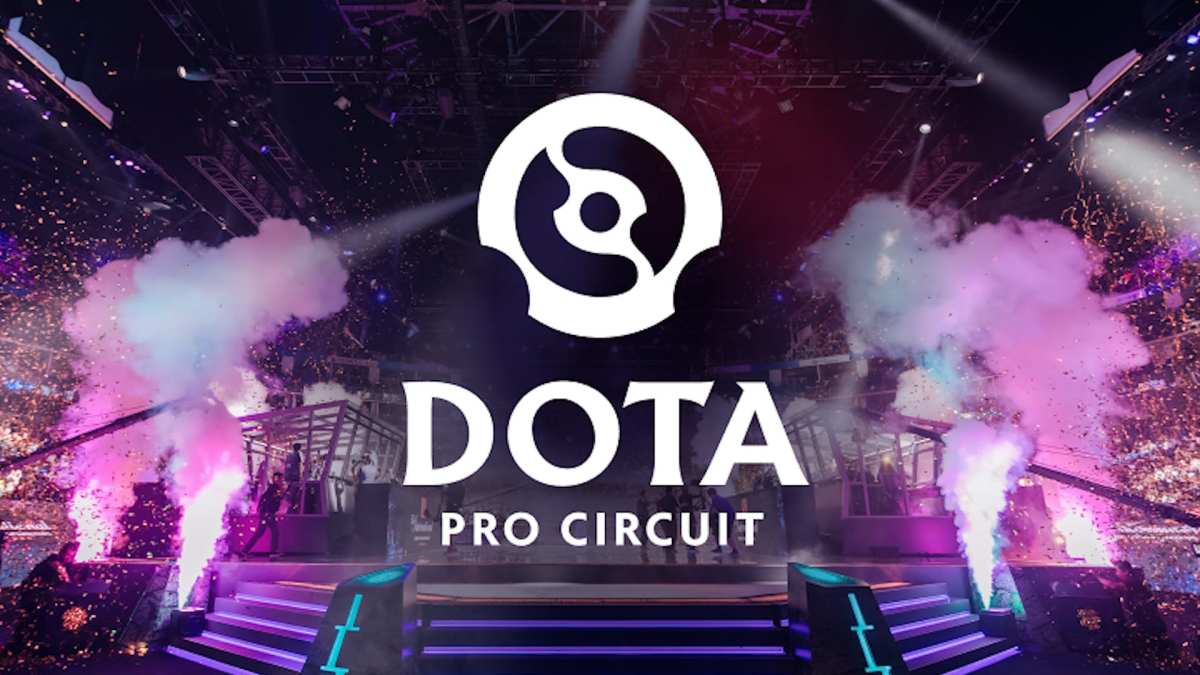
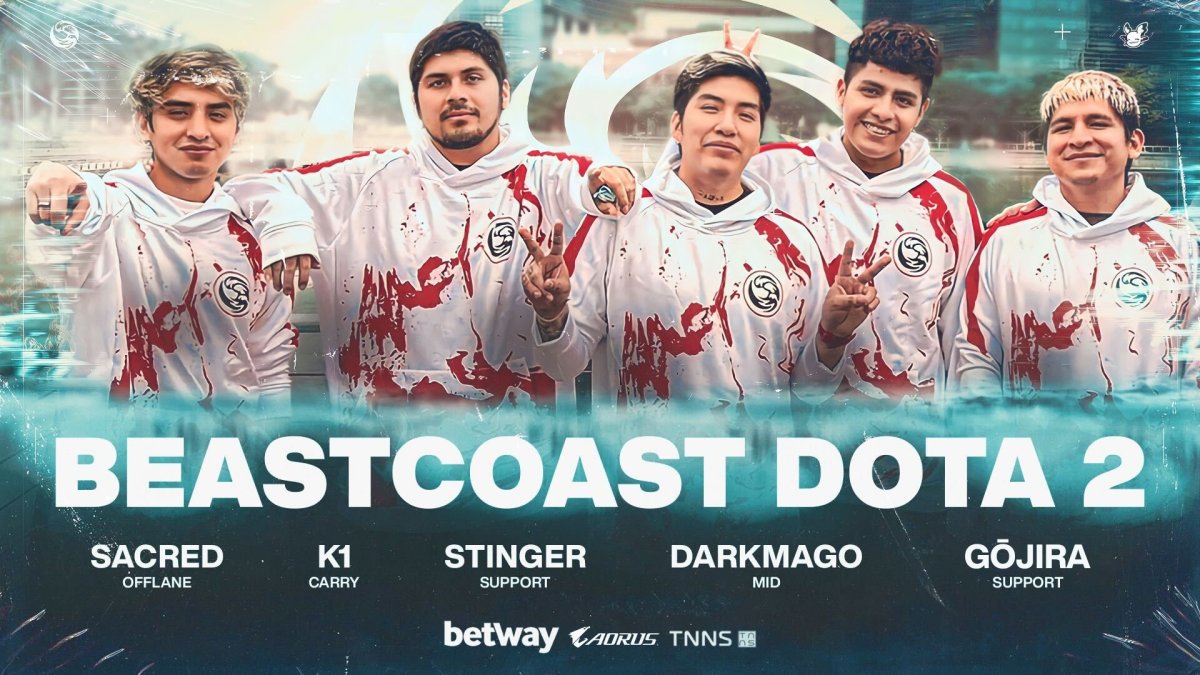
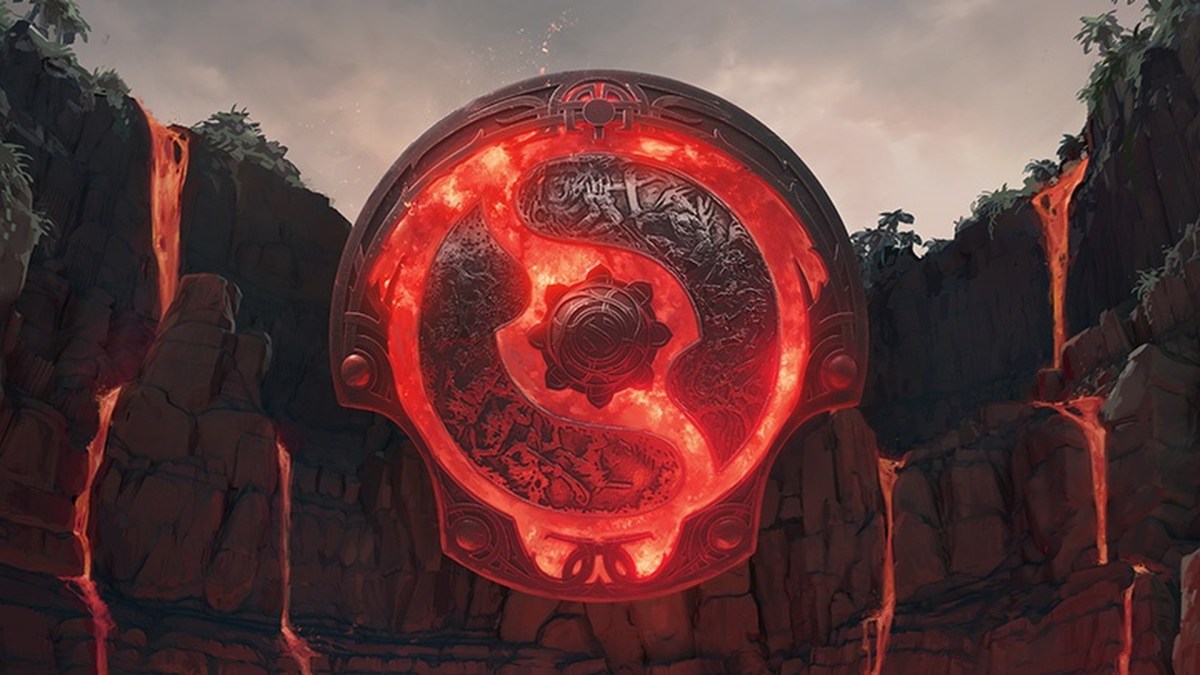

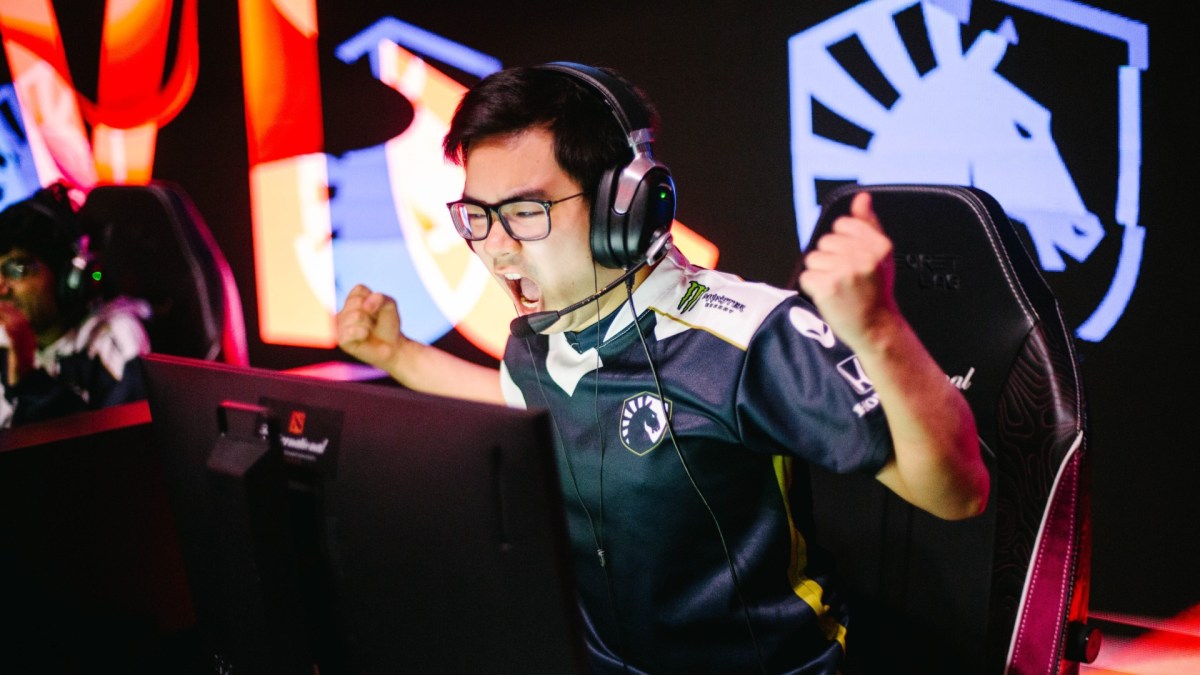
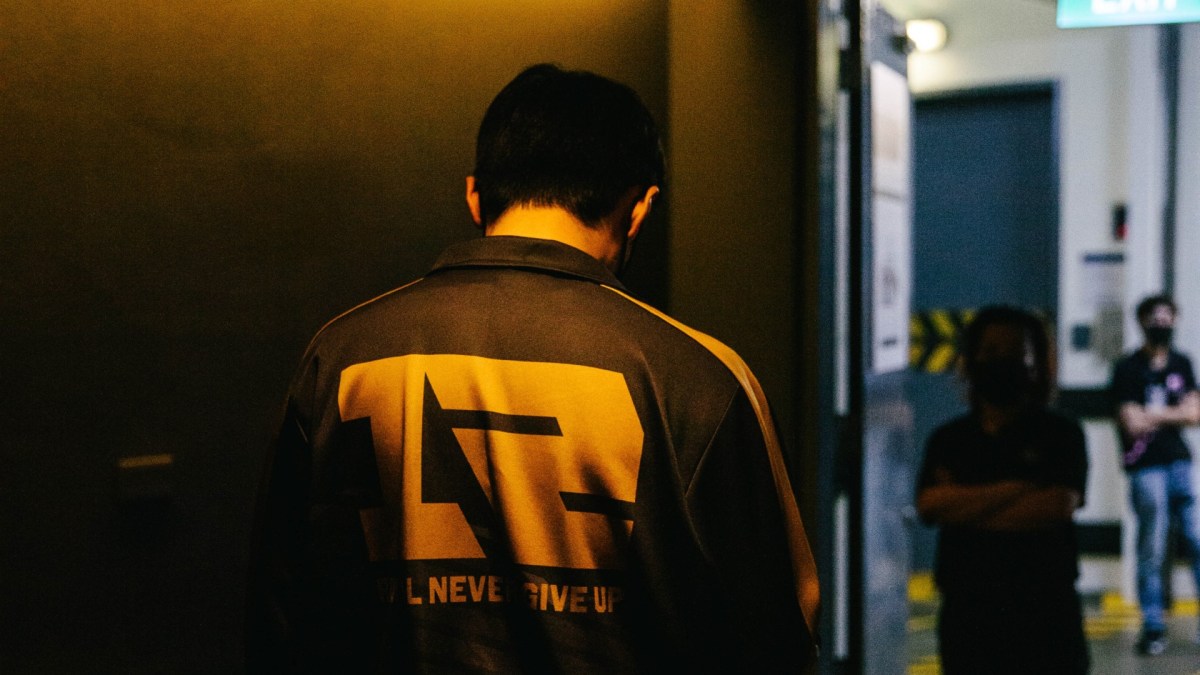
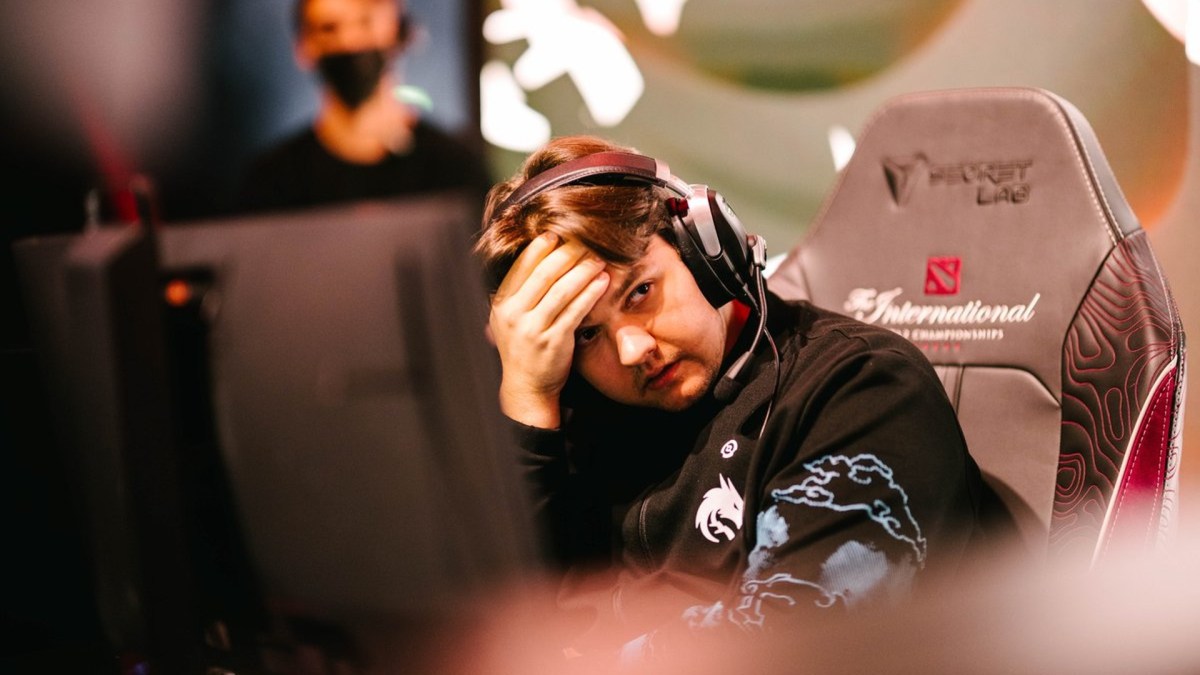





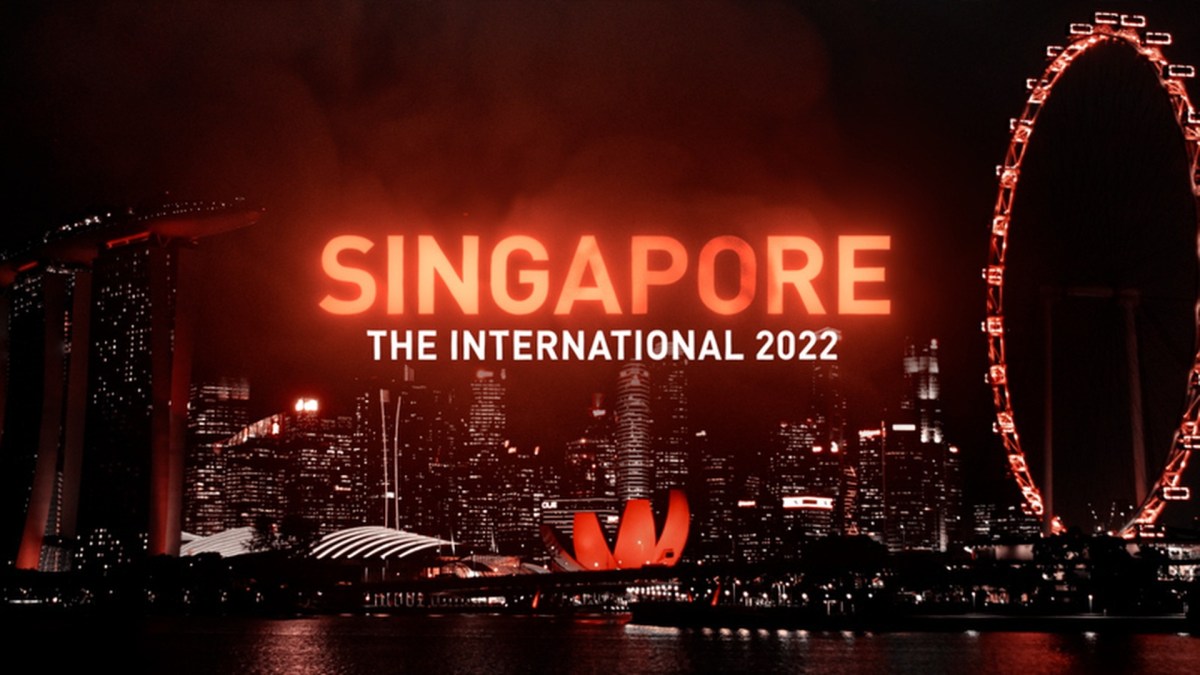

Published: Apr 23, 2021 05:28 pm